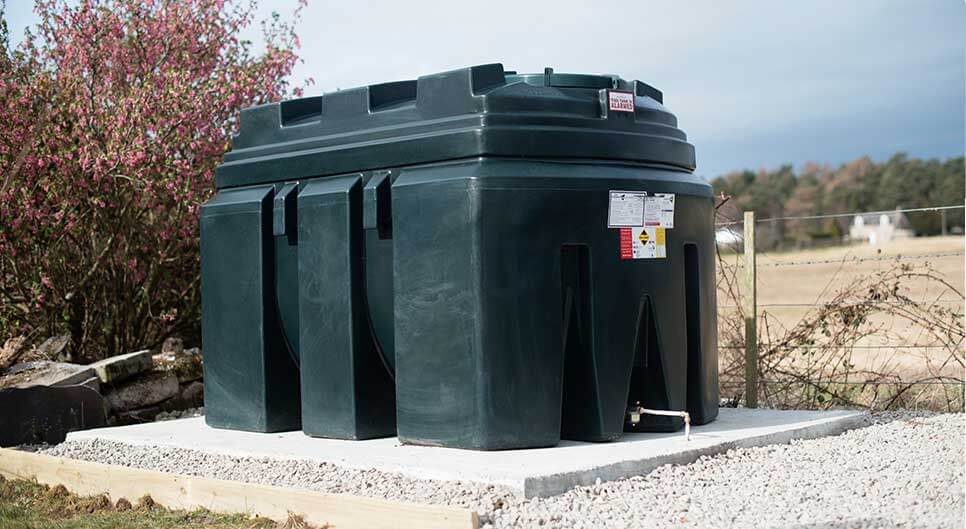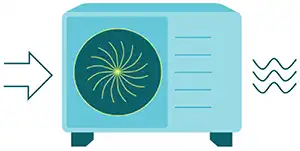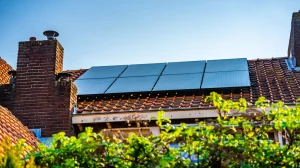Domestic heating oil tanks are a convenient way for homes across the UK to store fuel. But there are many things to consider when deciding on the best way to store your heating oil. The type of oil tank you choose, where you install it, and how often you maintain it will all have an impact.
To get the most out of your heating oil storage, follow the guidance in our handy blog. If you have any questions, our friendly team is happy to help.
What risks are associated with improperly storing oil?
By not storing your oil properly, you run the risk of causing an oil spill. As heating oil is flammable, you could potentially cause a great deal of damage if any spilled oil was to catch fire.
An oil leak can also have the following effects on the local environment:
- Harming wildlife and plants
- Making soil infertile
- Polluting water courses
- Damaging property
Some insurance companies may not pay out for a spill claim if you haven’t been maintaining your storage tank properly. By taking steps to make sure your oil is properly stored, you will probably save yourself time and money in the long term.
What are the most important aspects of domestic oil storage?
There can be a lot to think about when trying to find the right domestic oil storage for your home. To make sure your oil storage is safe and reliable, focusing on these three points is a strong start:
- Storage placement
- Tank maintenance
- Legal requirements
Where is the best place to install an oil tank?

When installing an oil tank, the area should ideally be well-drained and the ground conditions solid and level. You should be able to easily access your oil tank to carry out any repairs and maintenance. Your heating oil tank should ideally be placed away from walls and guttering too. Keeping a metal oil tank safe from dripping water and puddles reduces the risk of corrosion and potential leaks.
We’ve put together a helpful guide to The Best Locations for Your Domestic Oil Tank should you need more information.
For oil tank installations you should always choose an OFTEC-qualified engineer to guarantee the quality of your installation.
Can you store your heating oil tank inside?
You can store a heating oil tank inside, but you need to take a few extra precautions to ensure it’s completely safe.
- Store indoor tanks at the lowest level of a building.
- Keep your tank isolated in a one-hour fire resistant chamber.
- Fit your tank with a secondary containment system.
- Close any open drains or floor drainage nearby. Or you can adjust them in a way that any oil leaks don’t pose a risk to nearby incoming or waste water.
- Make sure you can access your indoor tank from every side.
- Install your tank at least 1.8m away from any windows, doors or vents.
- Use a solid concrete base to provide a flat, stable surface.
Maintaining Your Domestic Heating Oil Tank

Regular maintenance is an important part of safely storing your heating oil. Taking care of your oil tanks and checking for cracks, bulges or oil spots will help you to spot any damage early. Spotting damage before it becomes serious can also help you avoid costly repairs in the future.
Maintaining Bunded Oil Tanks
If you have a bunded oil tank, make sure you check the tank base for signs of cracks or residue. Also, check the bund layer for any liquid or rubbish that may be gathering there. You should also hire a professional to clean the interior to remove any sludge from the bottom of the tank.
Maintaining Single Skin Oil Tanks
Single skin oil tanks are made from either plastic or steel, so need slightly different approaches. Hardwearing plastic oil tanks require little maintenance, but weather conditions can weaken them over time. Check for cracks or any
Steel can be stronger and more durable, but will eventually corrode or rust. As long as you know to check for any signs of damage or wear and tear, your single skin tank should stand the test of time.
What are the legal requirements for storing domestic heating oil?
Domestic oil tank regulations apply to storage of up to 3,500 litres of fuel. To make sure your your heating oil tank is legal you need an OFTEC-qualified engineer to install it using the following guidelines:
- 1.8m away from non-fire rated eaves of a building
- 1.8m away from a non-fire rated building or structure (such as a garden shed)
- 1.8m away from doors or windows in a fire rated building or structure
- 1.8m away from liquid fuel appliance flue terminals
- 760mm away from a non-fire rated boundary, such as a wooden boundary fence
- 600mm away from trellis and foliage that does not form part of the boundary
If you need any more information on how to safely store your domestic heating oil, our expert team is here to help. Simply get in touch and we’ll be happy to offer expert advice.
Find out more about The Best Locations for Your Domestic Oil Tank.








